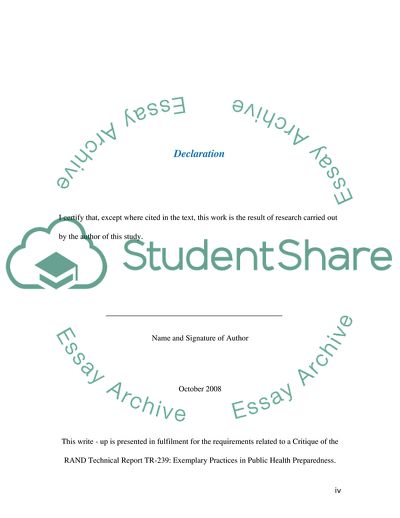Cite this document
(Critique of Rand Report Term Paper Example | Topics and Well Written Essays - 2451 words, n.d.)
Critique of Rand Report Term Paper Example | Topics and Well Written Essays - 2451 words. Retrieved from https://studentshare.org/health-sciences-medicine/1716462-critique-of-rand-report
Critique of Rand Report Term Paper Example | Topics and Well Written Essays - 2451 words. Retrieved from https://studentshare.org/health-sciences-medicine/1716462-critique-of-rand-report
(Critique of Rand Report Term Paper Example | Topics and Well Written Essays - 2451 Words)
Critique of Rand Report Term Paper Example | Topics and Well Written Essays - 2451 Words. https://studentshare.org/health-sciences-medicine/1716462-critique-of-rand-report.
Critique of Rand Report Term Paper Example | Topics and Well Written Essays - 2451 Words. https://studentshare.org/health-sciences-medicine/1716462-critique-of-rand-report.
“Critique of Rand Report Term Paper Example | Topics and Well Written Essays - 2451 Words”, n.d. https://studentshare.org/health-sciences-medicine/1716462-critique-of-rand-report.


